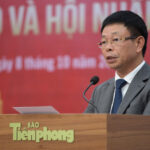For years, air travelers in Vietnam have grown accustomed to long lines and the tedious process of removing shoes, laptops, belts, and liquids before passing through security checkpoints. While essential for safety, these procedures can be inconvenient, especially for passengers with bulky luggage or those traveling with children.
However, the future of air travel in Vietnam is set to change dramatically with the opening of Long Thanh International Airport, one of the country’s newest, most modern, and largest airports.
Passengers may no longer need to remove shoes, belts, or laptops from carry-on bags, thanks to advanced security screening technology. This marks a significant leap forward for Vietnam’s aviation industry, bringing travelers closer to the seamless experience found at leading international airports worldwide.
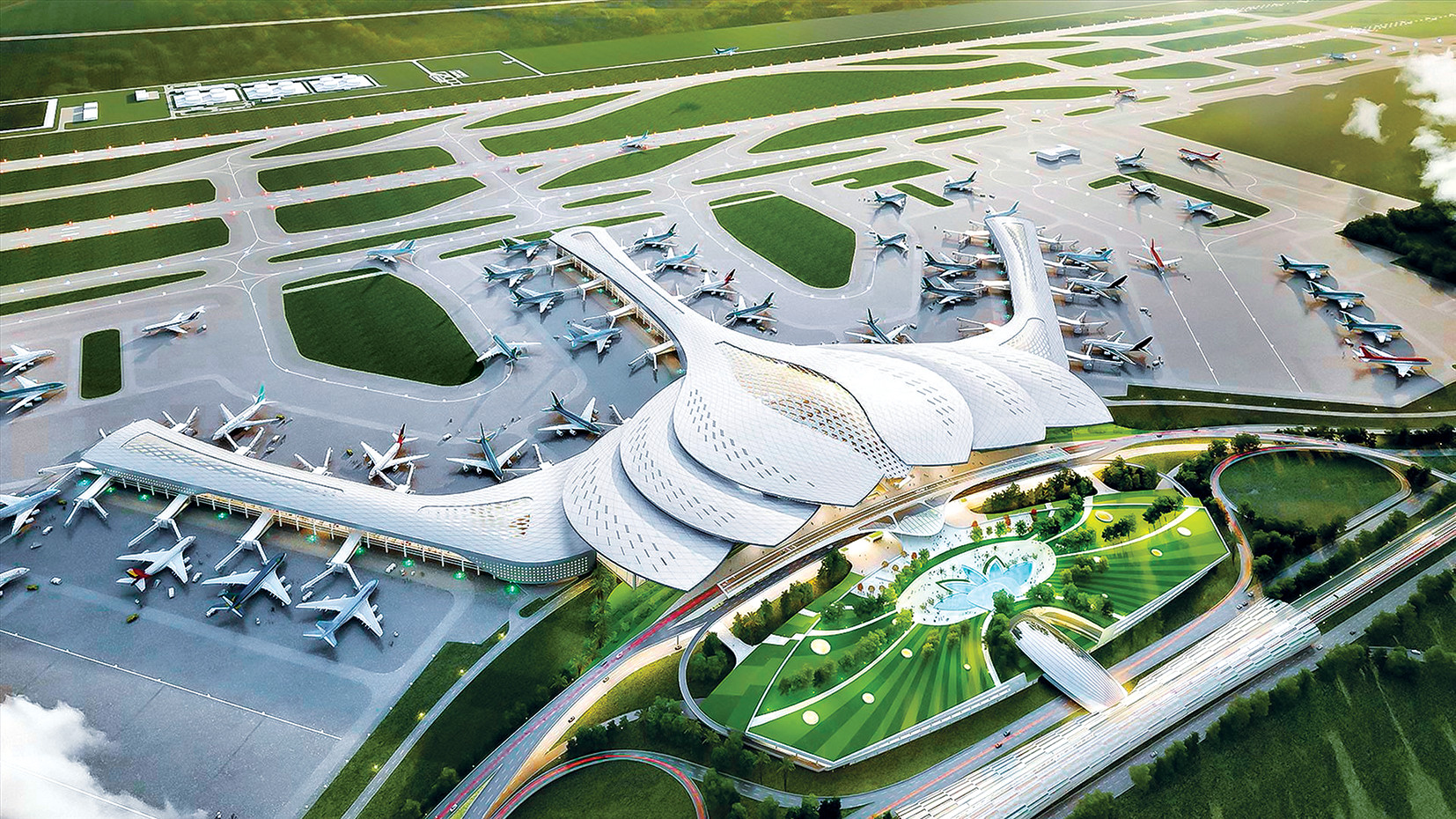
Image: Government News
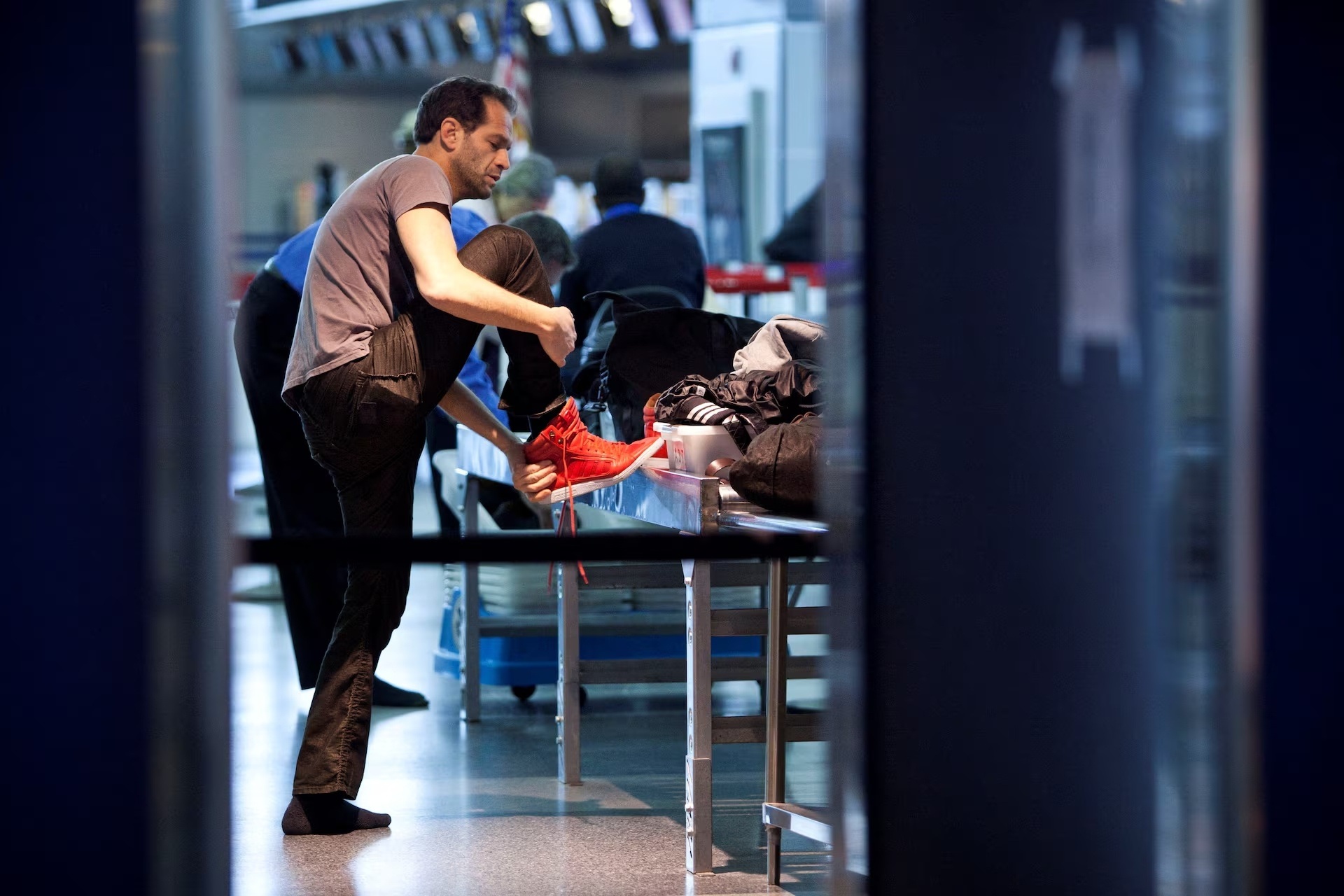
At Long Thanh International Airport, passengers will no longer need to remove shoes during security checks (Illustrative image)
What is the New Baggage Screening Technology?
According to Pham Quang Hieu, Deputy Director of the Technical and Environmental Technology Department at the Airports Corporation of Vietnam (ACV), the company is accelerating the implementation of a new-generation security screening system at Long Thanh Airport. “This advanced equipment allows for detailed and accurate screening without requiring passengers to remove shoes or separate laptops,” Hieu shared at the Digital Era Enterprise Forum, as reported by VnExpress on October 8, 2025.
The system utilizes 3D Computed Tomography (CT) scanning technology, similar to medical CT scanners. It generates three-dimensional images of luggage, enabling security personnel to analyze the structure of items inside and detect potential threats without asking passengers to open bags or separate electronics and liquids.
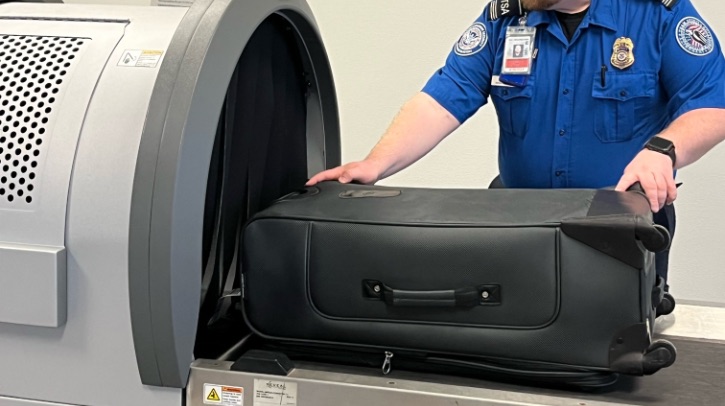
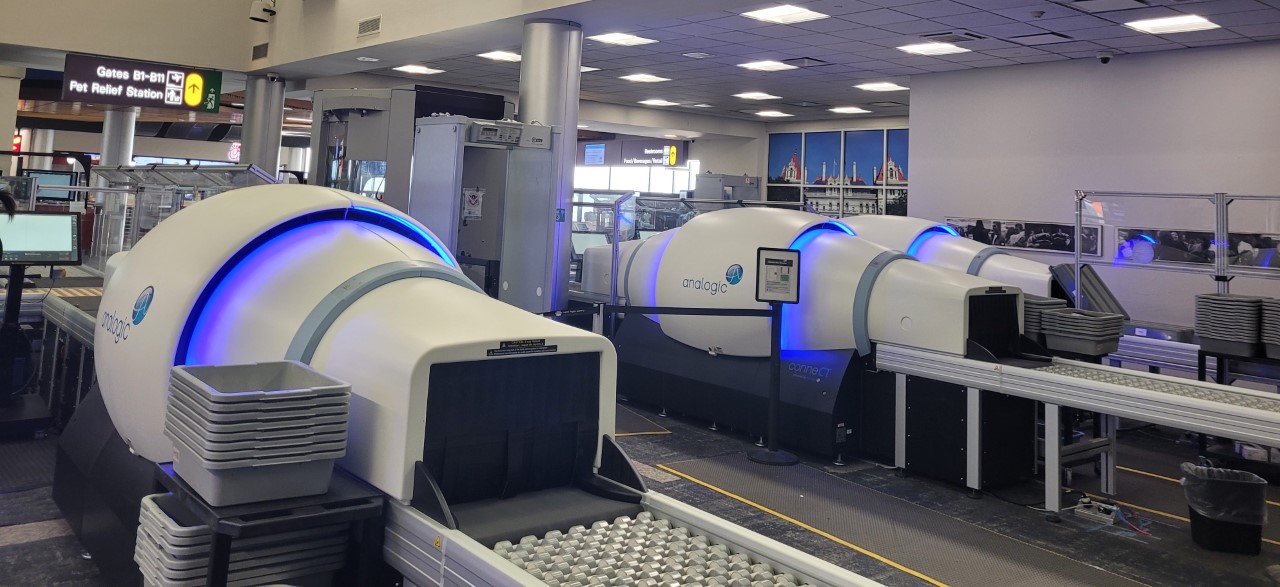
CT baggage scanning technology at airports (Image: News10 ABC)
As reported by Dan Tri, this new screening technology not only speeds up the check-in process but also significantly reduces congestion at security checkpoints, a common bottleneck at many major airports. By integrating artificial intelligence (AI) in image processing, the system can identify suspicious items faster than humans, making the screening process both safer and more convenient.
With its modern infrastructure, Long Thanh Airport is poised to lead the way in technological transformation, offering passengers a distinct experience from the moment they begin their journey: automated check-ins, swift screenings, and seamless movement to departure gates. According to Tien Phong, ACV has invested in a comprehensive system of 3D CT scanners and AI-powered recognition software—technology on par with Europe’s leading airports.
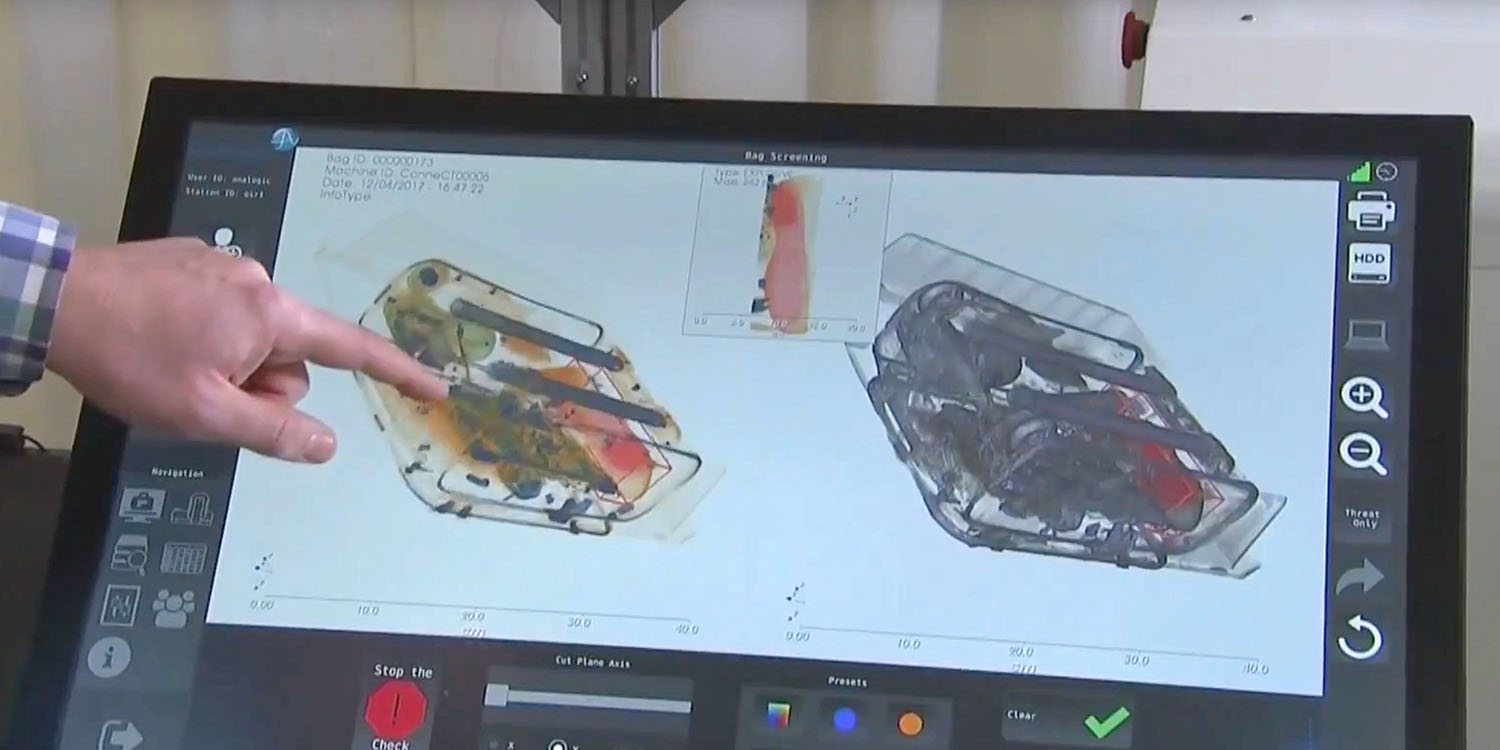
Passenger luggage image after screening (Image: News10 ABC)
Global Airports Adopting Similar Technology
In reality, 3D screening technology has already been widely adopted at major airports worldwide. At London Heathrow, the CT scanning system developed by Smiths Detection allows passengers to keep laptops and liquids in their bags. According to BBC News, this technology has reduced security check times by up to 50%, and the UK government plans to eliminate the 20-year-old 100ml liquid restriction at all major airports by 2026.
In Europe, Amsterdam Schiphol and Zurich airports have implemented similar technology since 2022. The Guardian reports that the new screening system increases passenger processing speed by up to 40% and significantly reduces the need for manual baggage checks. As a result, passengers enjoy a more comfortable experience, and security staff productivity improves markedly.
Beyond the West, Asian airports are also embracing this technology. According to Channel NewsAsia, Singapore’s Changi Airport has begun testing an AI-integrated screening system, aiming to “completely eliminate the need for bag opening” in the near future. Meanwhile, Tokyo’s Haneda Airport is upgrading its screening areas with 3D CT technology to accommodate growing international passenger numbers and reduce wait times at security checkpoints.
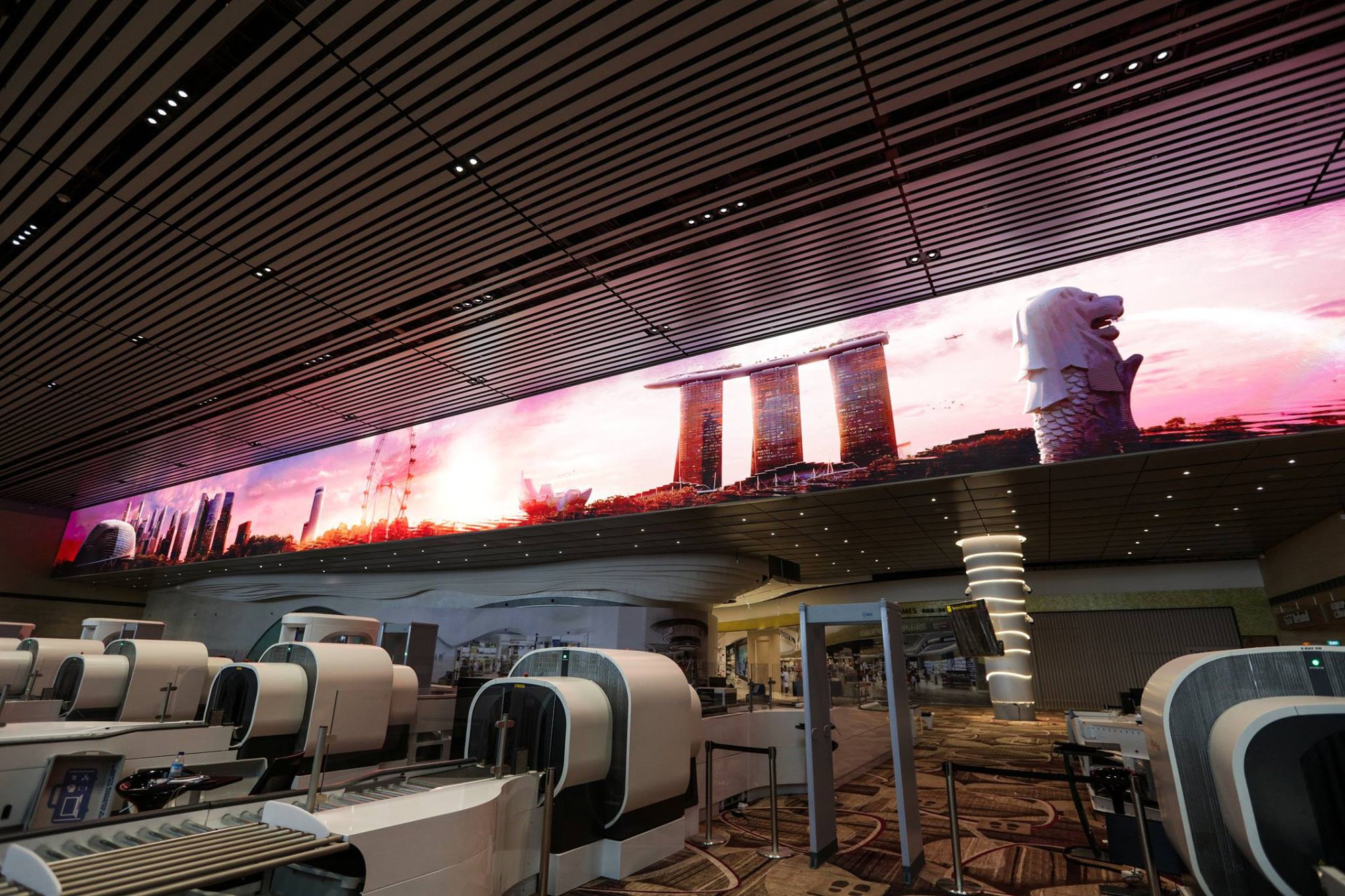
Image: Changi Airport
These examples illustrate a global shift toward “smart security”—faster yet uncompromising on safety. When Long Thanh Airport launches this system, Vietnam will not only close the technological gap with the world but also elevate the travel experience for millions of domestic and international passengers.
If implementation proceeds as planned, Long Thanh International Airport will become more than just a key infrastructure project; it will symbolize a new era of convenient and intelligent aviation in Vietnam. Soon, the sight of passengers bending to remove shoes or struggling with bags amidst crowds may become a relic of the past.
Long Thanh Airport: The New Economic Catalyst for Vietnam’s Growth
As the lifeblood of global connectivity, aviation is emerging as a new growth engine for Vietnam. Upon completion, Long Thanh Airport will not only alleviate congestion at Tan Son Nhat but also propel Vietnam into a regional hub for logistics, trade, and tourism.
Seamless Air Travel Ahead: ACV Leadership Announces Automated Passenger Verification from Booking to Boarding
“At the seminar titled ‘Enterprises in the Digital Age: Creative Footprints and Global Integration,’ organized by Tien Phong Newspaper on the afternoon of October 8th, Mr. Pham Quang Hieu, Deputy Head of Environmental Technology Department at Vietnam Airports Corporation (ACV), shared his insights.”
Vietnam Airlines Appointed Lead Investor for Three Cargo Projects Worth Over VND 5.6 Trillion at Long Thanh Airport
The Ministry of Construction has issued three decisions, numbered 1630, 1631, and 1632/QĐ-BXD (dated September 30, 2025), approving Vietnam Airlines (HOSE: HVN) as the investor for three aviation logistics projects at Long Thanh International Airport. The preliminary total investment for these projects is estimated at 5.602 trillion VND.





























